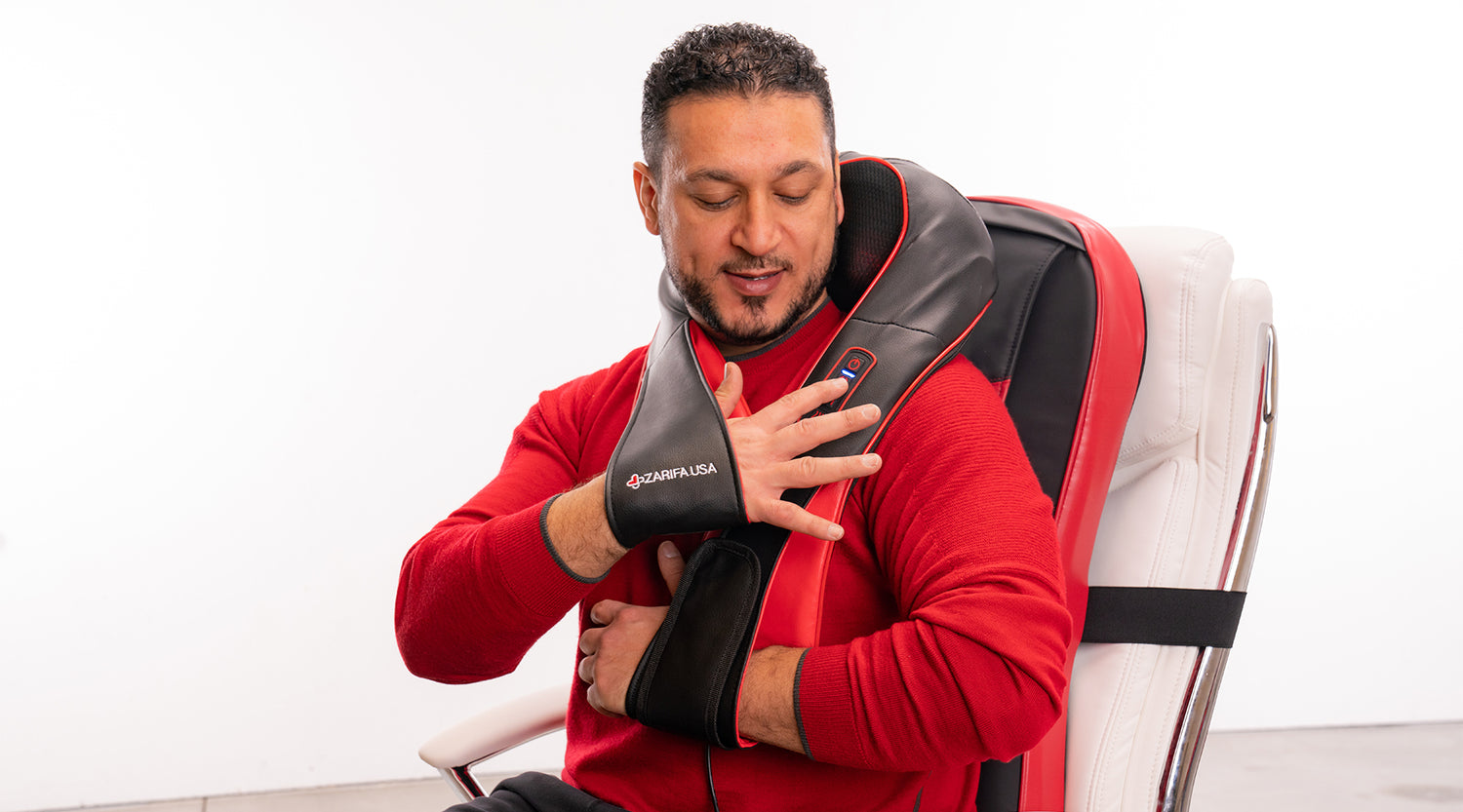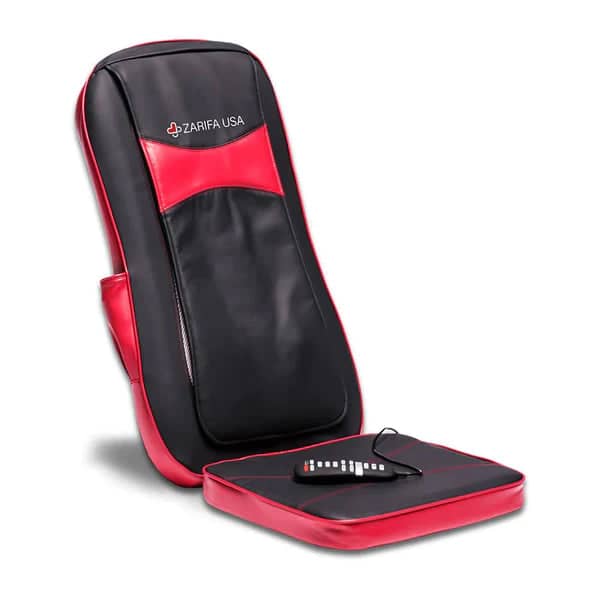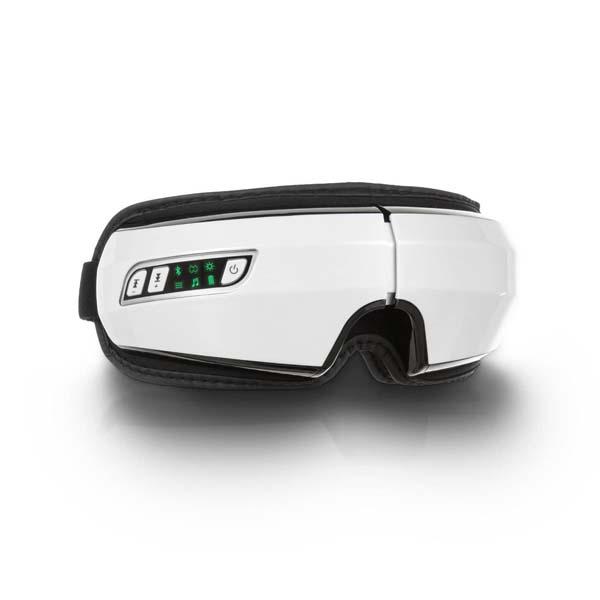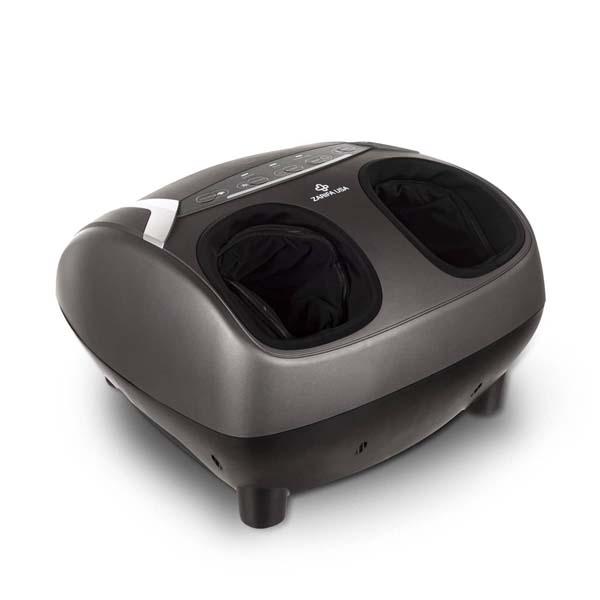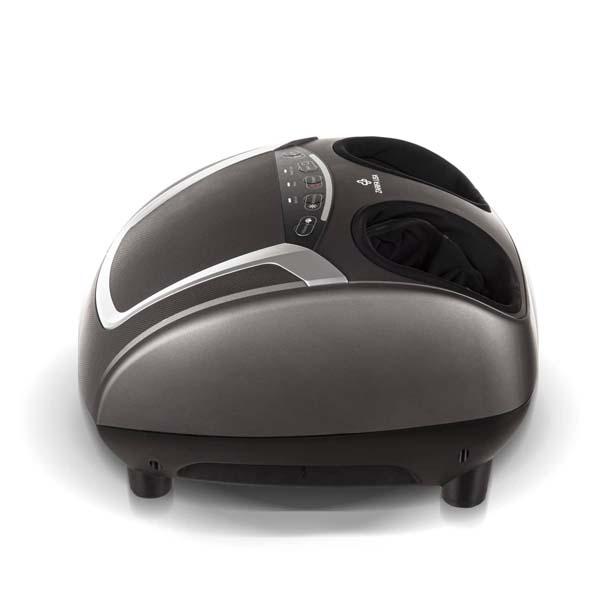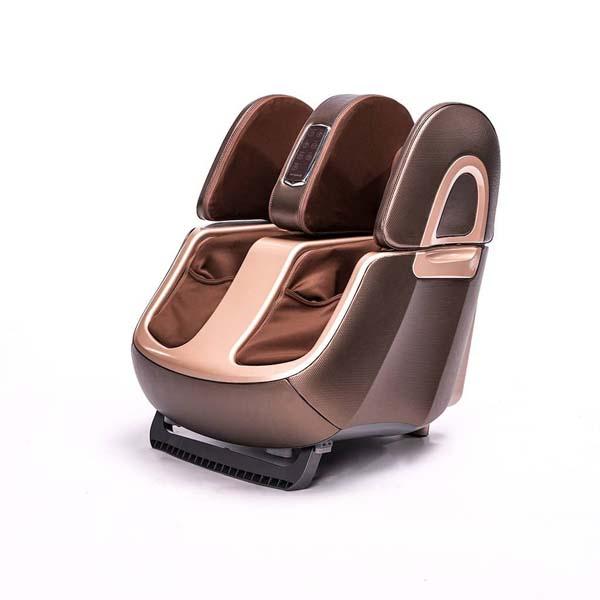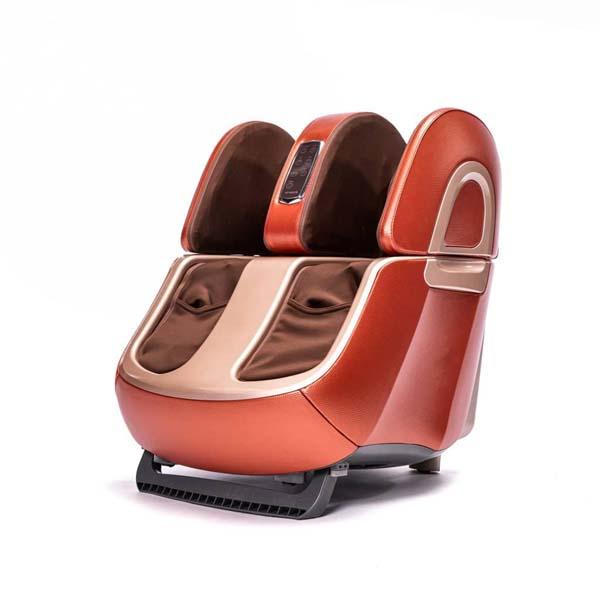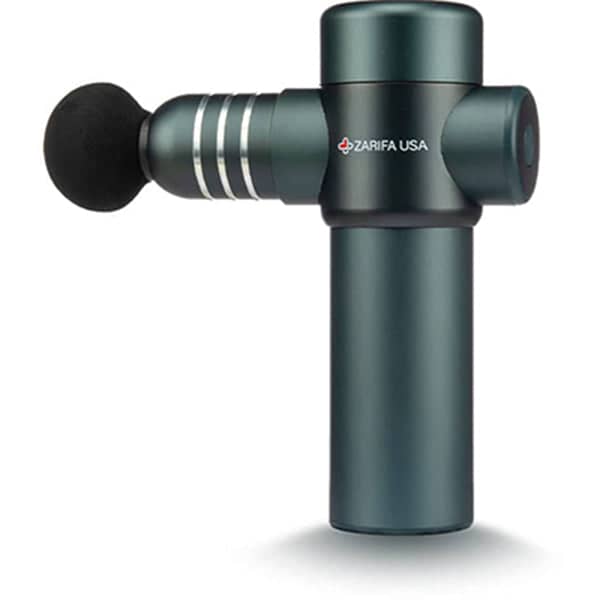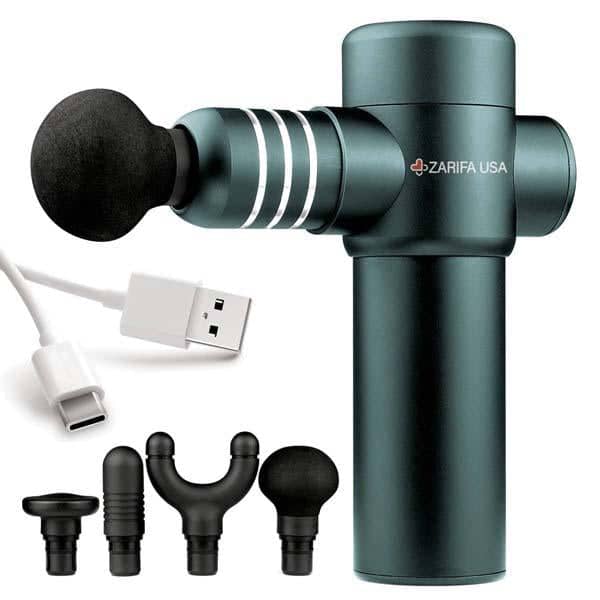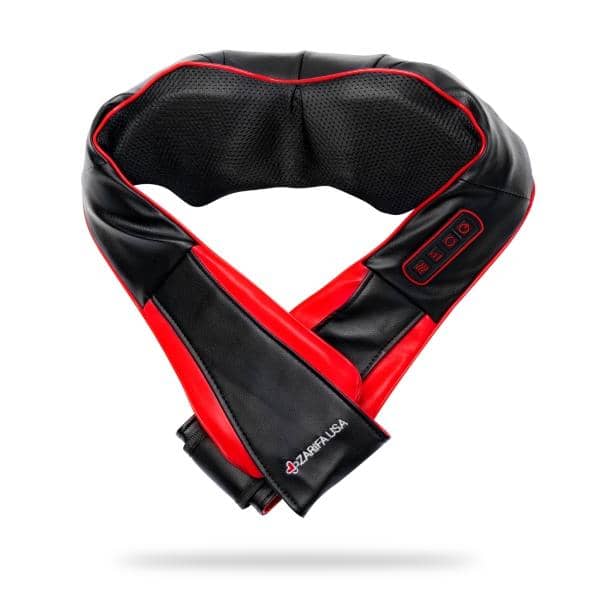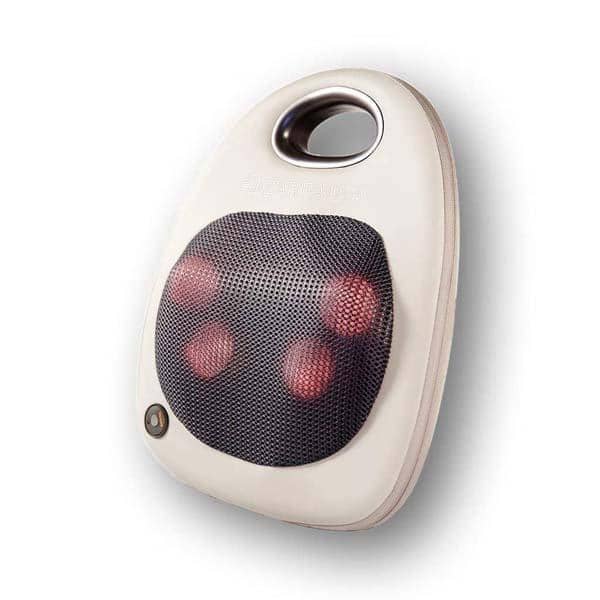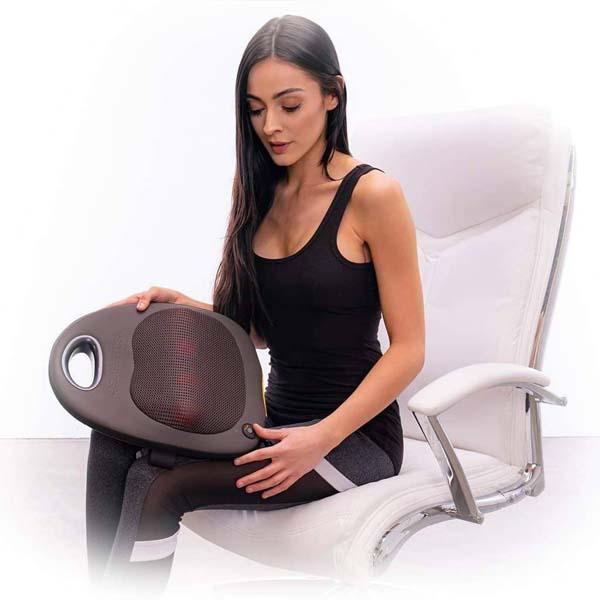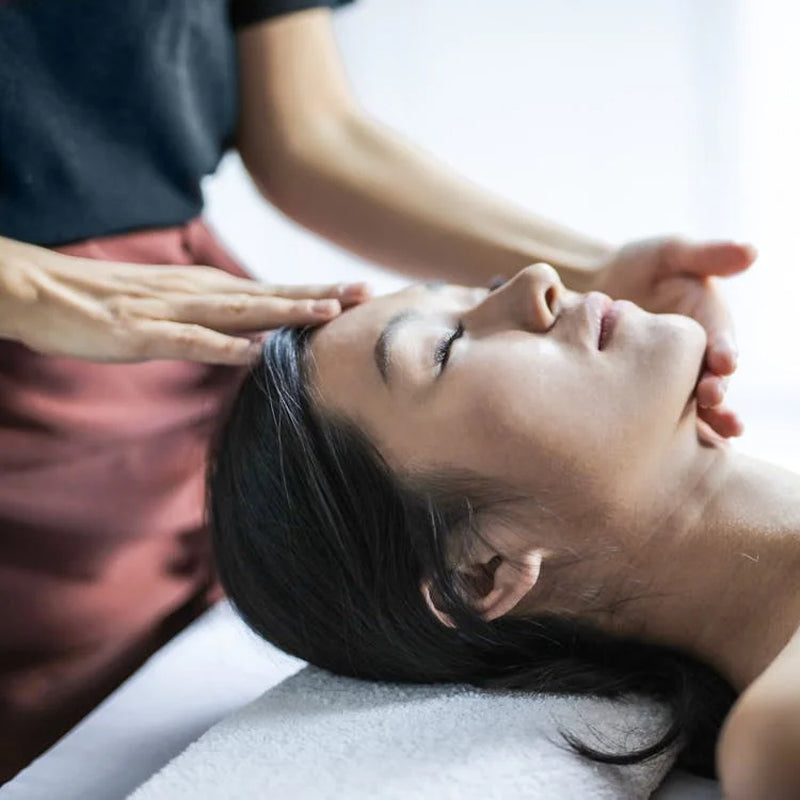A strained muscle is known as a strain, and the neck is one of the worst places to get one. A strained neck muscle can happen in the gym or during a game. Football players are particularly vulnerable to an opponent grabbing their face mask or attempting to shove them while they turn to escape it.
The goal is to treat the damage as soon as possible, regardless of how it occurred. If you have a pulled neck muscle, consider the following possibilities. Note: None of this information should be used in place of your particular physician's advice. If you think you need to see a doctor, do so right away.
What can cause neck strain?
Your neck (also referred to as your cervical spine) is a complex system comprised of muscles, tendons, ligaments, joints, nerves, and stacked vertebrae (bones). A disc is a soft, rubbery cushion that sits between each vertebra and helps you bend your neck while also acting as a shock absorber.
A strained muscle or ligament, "pinched" nerve, or swollen joints, to name a few, may cause neck discomfort as a result of injury or inflammation to any of these spine components.
Strains occur when a person's muscles have not been conditioned to perform the task at hand regardless of age. Following are some examples:
- Athletic activities that require quick movement.
- Excessive stretching during the warm-up period.
- Extending or exerting excessive force on cold muscles.
So, what to do when you pull a muscle in your neck?
Before jumping to any conclusions, make sure you understand the symptoms clearly and understand the reason. The diagnosis process makes it easy to find the remedy. Once you know the cause of the pain, you can go for simple home remedies, try a massager and also have some easy exercises to get rid of the muscle pain. In case of severe pain, always discuss with a professional.
To give you a better idea, we will discuss symptoms, remedies, and when to see a doctor in this article. Stay longer to read more about it!
Symptoms of neck sprains or strains
Neck muscles can be strained in much less serious situations, such as bending your head down to look at a phone or tablet or sleeping in an improper position. A neck muscle can be strained by watching television at an unusual angle for an extended period. This is becoming more common in modern society as we spend more time staring at a screen or sitting in front of a computer.
- Back of the neck or upper shoulder pain that gets worse as you move your head.
- It's tough to move or rotate your head or neck.
- Headaches radiating forth from the back of the skull.
- Irritation or fatigue in excess.
- Stiffness in the neck or a reduction in range of motion.
- Tingling, numbness, or weakness in the arms and hands.
But there is nothing to worry about; you will be fine with little information and quick remedies and treatment.
How to get relief from neck pain?
- The sore spot should be treated with heat or ice. After the first 48 to 72 hours, ice should be used, followed by heat. Heat can be provided by warm showers, hot compresses, or a heating pad. Avoid sleeping with a heating pad or ice bag on your body to avoid skin damage.
- Take ibuprofen or acetaminophen, both of which are over-the-counter pain relievers.
- Continue to move, but avoid jerking or other unpleasant activities. This helps to alleviate your symptoms and reduce inflammation.
- Move your arms and legs up and down, side to side, and ear to ear, slowly—this aids in softly extending the neck muscles.
- Massage the areas that are sore or painful.
- A decent choice is to sleep on a firm mattress without a pillow or with a particular neck pillow.
- Consult your doctor about wearing a soft neck collar to alleviate discomfort. Wear the collar for only a few hours at a time. As a result, your neck muscles may become weak.
- Get a Zarifa Neck & Shoulder Massager to relieve pain; you will not need any of the remedies above. It is quite amazing when it comes to relaxing the muscles.
Remember, emotional stress can cause increased neck tension, which can impede or postpone the rehabilitation process. Reducing stress may aid in the prevention of neck pain. Musculoskeletal stress can be relieved with relaxation techniques. Take a deep breath in, hold it for a few seconds, and then release it completely as an example of a relaxation exercise. Breathe normally for a few seconds before repeating the process.
Meditation, mindfulness-based stress reduction programs, cognitive behavioral therapy, and progressive muscle relaxation are some more activities that can help you relax.
What can a therapist offer?
Although this evidence isn't conclusive, stretching and strengthening the neck, shoulder, and upper back muscles can hasten recovery and possibly minimize flare-ups from a painful neck problem. All professional doctors recommend that their patients contact a physical therapist for therapeutic exercise guidance. The following is what the therapist can provide:
- Isometric and range-of-motion exercises will most likely be used in therapy. In isometric training, you contract your neck muscles against an opposing force, such as your own hand, which you "push against" with your neck muscles. The goal of range-of-motion stretches is to relax and extend the neck muscles gradually.
- Other therapies that physical therapists can provide, while not proved in study trials, appear to provide some people with relief and comfort. Ultrasound treatment of the painful tissues with high-frequency sound waves is one approach.
- Traction, which includes gently stretching the neck muscles with the hands or specialized instruments, can also be done by a physical therapist. With a prescription, you can also receive equipment to practice neck traction at home, but make sure to follow the therapist's instructions carefully.
Bottom Line
Finally, evaluate your posture and daily activities that may be contributing to neck pain, such as reading, watching TV, working on a computer, or sleeping for long periods in positions that strain the neck. Certain flare-ups can be avoided by addressing the source of neck pain. If you get the Zarifa massager, you can manage a routine to massage your neck and shoulders after a daily work routine - just to avoid any other injuries.
Buy the Zarifa massager, but if your neck discomfort is severe, lasts for weeks or months, limits your ability to move your head, radiates into your shoulders, or grows worse in the morning, you should visit a doctor. Fever, weakness, or numbness in the arms are further "red flags" that should be investigated further. In other cases, an underlying physical problem such as arthritis, infection, or a compressed nerve could be the culprit. Depending on the diagnosis, you may need additional treatments or surgery to relieve the discomfort and return to your normal activities.

